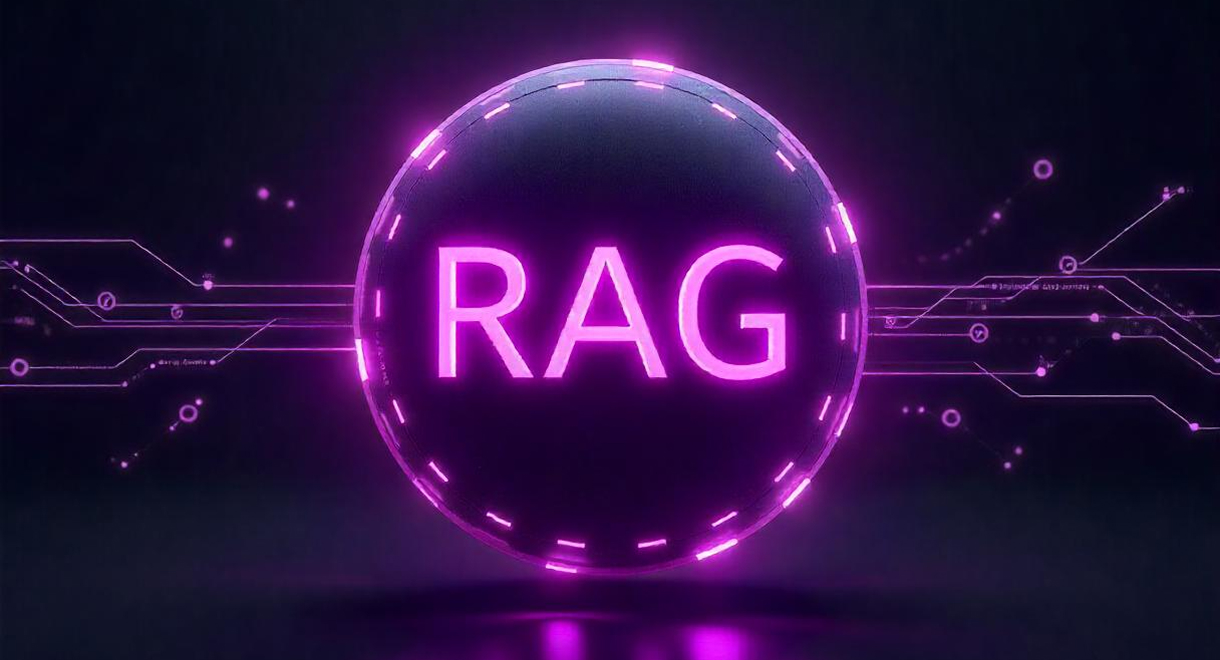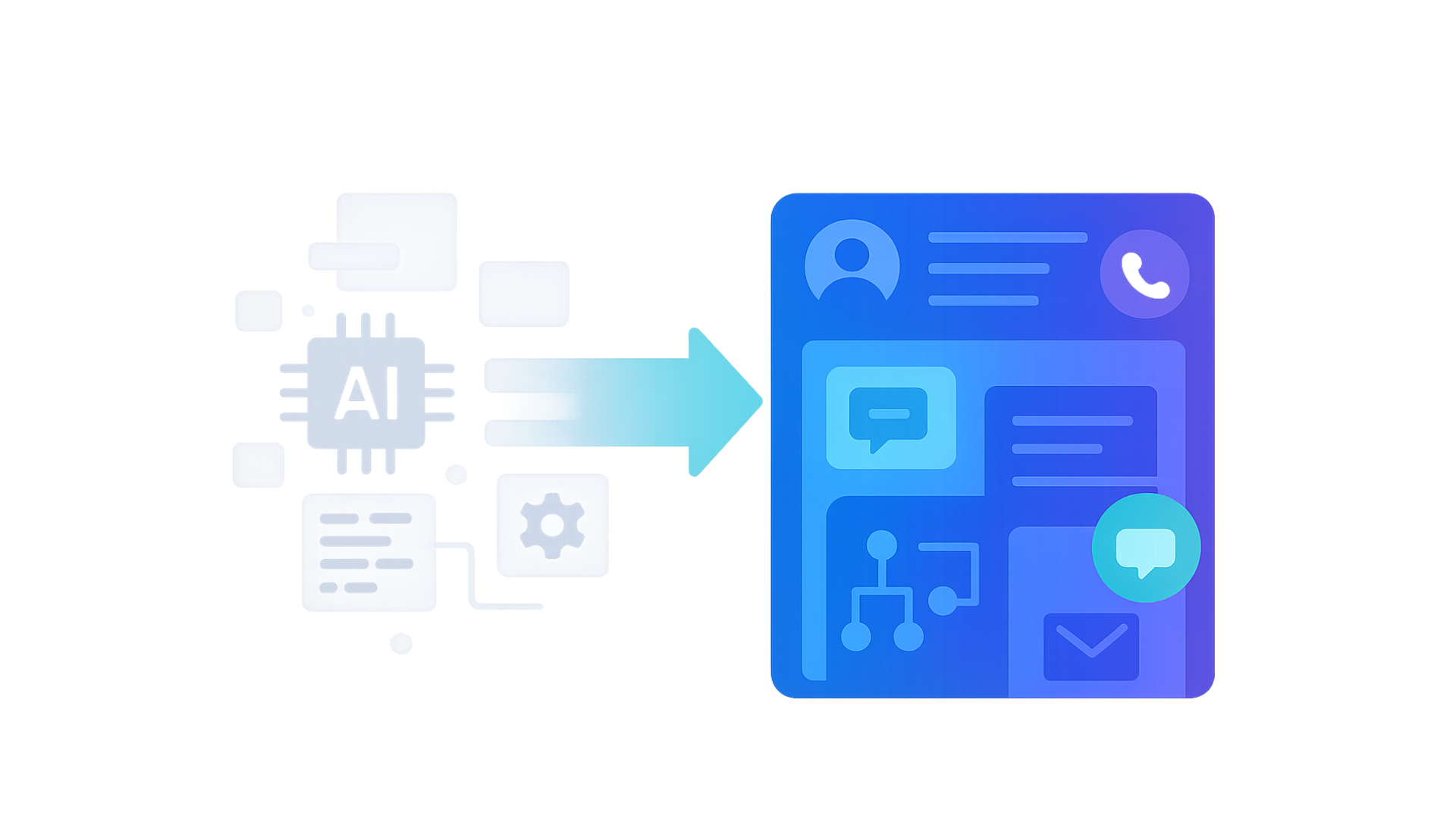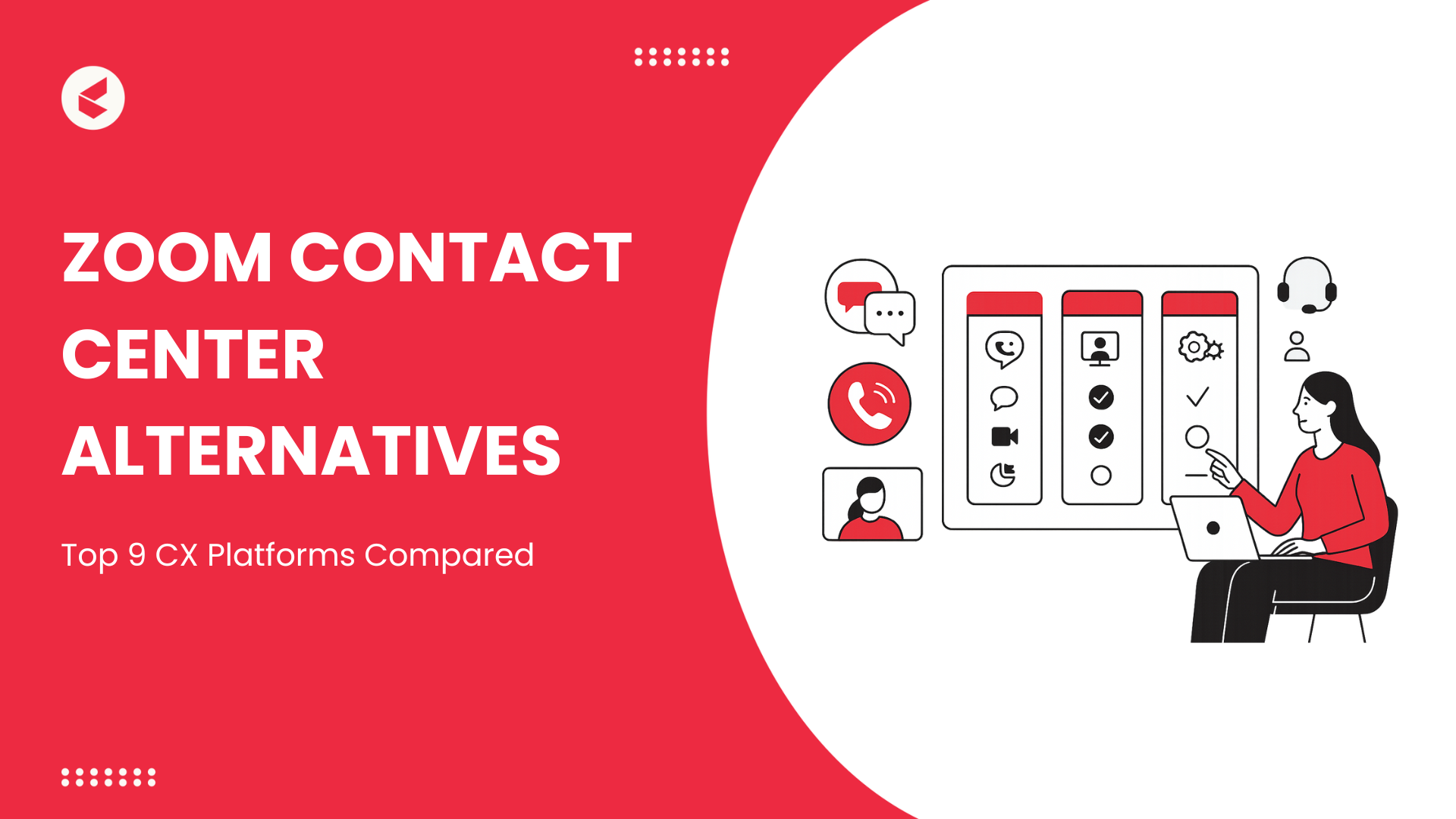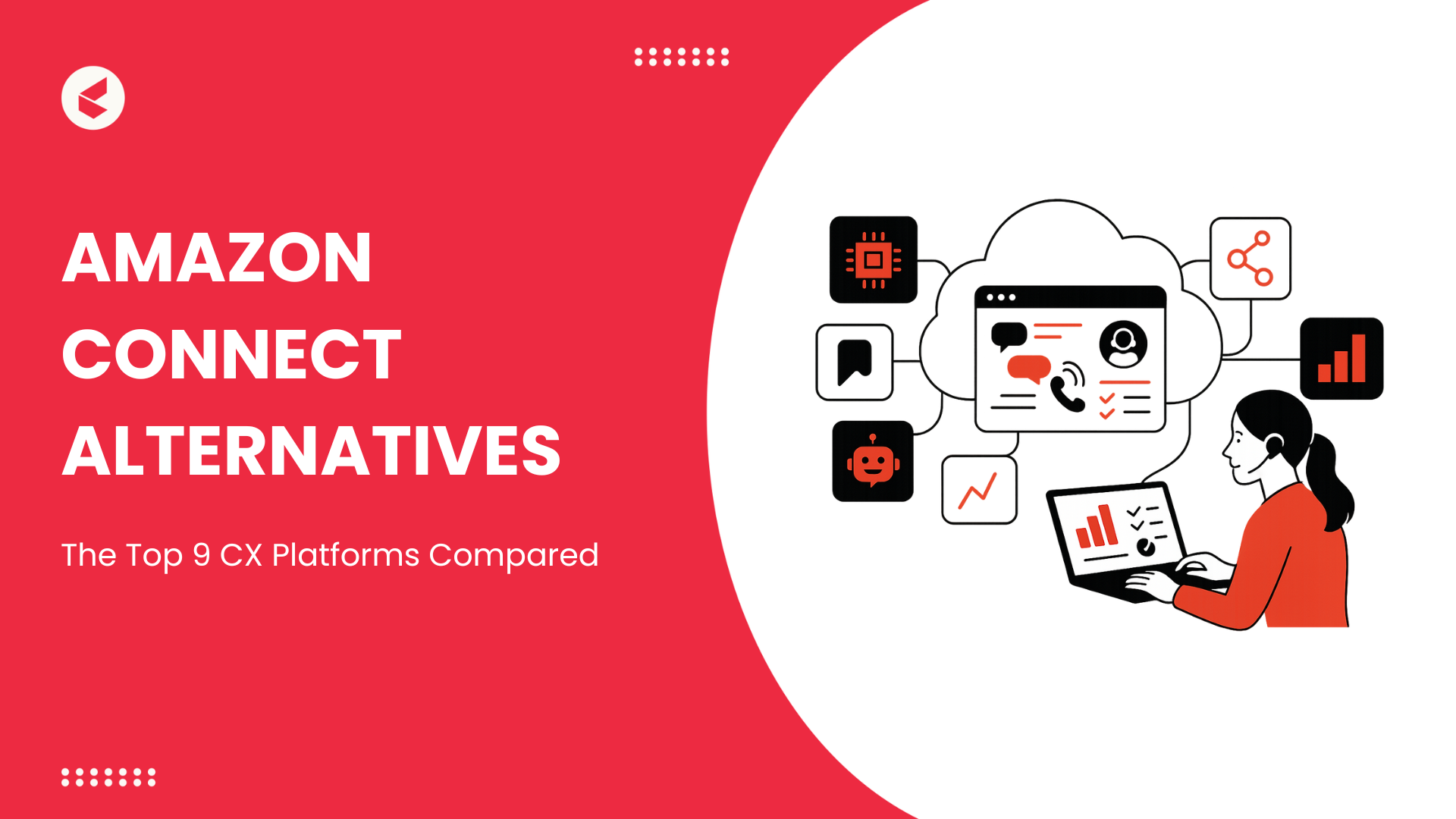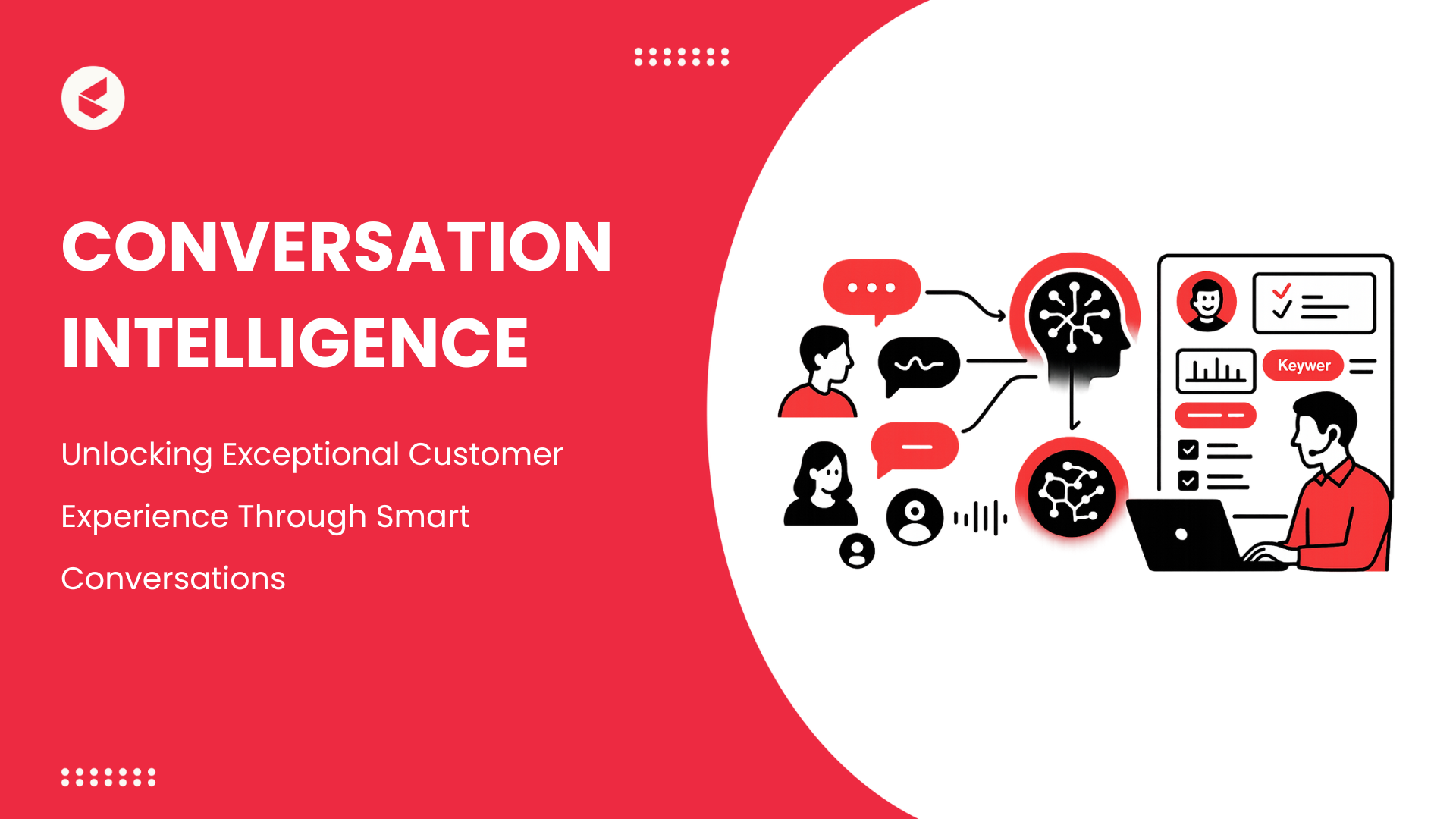Rule-based chatbots were the first common components of the chatbot hype cycle. These systems were deterministic because they had prewritten scripts and simple decision trees, but they could not deal with complex questions.
As artificial intelligence evolved, the emphasis moved towards large language models (LLMs), capable of producing more natural and human-like answers.
Even while this was a big step forward, LLMs occasionally had trouble delivering accurate or current information. This leads to instances when a chatbot might seem impressive, but not always useful.
Simply sounding “smart” isn’t enough if the system can’t deliver precise, timely assistance. RAG bridges this gap by making chatbots appear intelligent and genuinely useful by ensuring engaging and effective customer interactions.
This blog explores a shift toward smarter, more helpful customer experiences with a wide focus on the role of RAG. Let’s get started!
The Problem with Traditional Chatbots and Vanilla LLMs
Traditional chatbots, such as rule-based chatbots, have several drawbacks that reduce their usefulness for CX. Since these bots are based on pre-defined rules and scripts, they are inflexible and cannot conduct sophisticated conversations or respond to unplanned questions.
Consequently, they tend to fail to deliver acceptable answers, which frustrates customers who try to get assistance.
Large language models are a more advanced alternative. However, LLM-only bots possess their own set of problems. Although they may create coherent, contextually appropriate text, they are also susceptible to “hallucination,” producing false or delusional information.
They can go off-script or provide unsuitable answers, which is particularly risky in customer support scenarios where factual accuracy and brand tone are paramount.
For example, an LLM might incorrectly inform a customer about a product’s warranty terms or fail to convey the brand’s voice. This results in a confusing or misaligned customer interaction.
The consequences of these limitations can be severe. Customers receiving wrong information often form a negative perception of the brand. Additionally, a failure to maintain the desired brand tone can erode trust.
Hence, businesses must adopt more comprehensive strategies, including retrieval-augmented generation (RAG) and carefully calibrated content, to overcome these issues and improve CX.
What is RAG and Why Does it Matter in CX?
Retrieval-augmented generation (RAG) is an advanced natural language processing technique that combines the benefits of retrieval systems and generative models.
In simple terms, RAG incorporates data from external knowledge sources into the generation process, augmenting generative models’ capabilities.
Using real-time data retrieval, this method enables models to generate more factually sound, contextually relevant, and accurate responses.
How RAG Works?
The RAG framework operates in two primary phases:
Phase I: Retrieval Phase
RAG initially extracts relevant documents or data points from a sizable external corpus or database in response to a query. To find the most pertinent bits of information, a dense retriever usually transforms the query and documents into embeddings.
Phase II: Generation Phase
After retrieving the relevant data, a generative model takes over to formulate a response using both the original query and the retrieved information.
This process ensures that the generated response is coherent and contextually appropriate, and backed by credible information.
Why RAG Matters in Customer Experience?
- Up-to-Date Information: It provides customers with the latest data to reduce misinformation and improve trust.
- Personalized Interactions: RAG enables tailored messaging by accessing individual customer data and preferences dynamically.
- Better Multilingual Support: Context-aware retrieval and real-time translation improve multilingual communication.
- Effective Knowledge Use: It makes use of extensive knowledge bases to provide prompt, precise solutions, increasing support effectiveness.
LLMs Alone vs. RAG-Enhanced LLMs: What’s the Difference?
While both traditional LLMs and RAG-enhanced systems rely on generative AI, their output quality and reliability differ significantly based on how they access and use information.
1. Knowledge Base Dependency
LLM chatbots just use their previously learned data to produce responses.
For instance, an LLM chatbot can confidently respond to inquiries about broad subjects like “What is climate change?” by drawing on its training. However, due to knowledge cutoff, it may provide out-of-date facts when questioned about the most recent business policy.
Conversely, a RAG system retrieves the most recent information from the order management system in response to a customer’s inquiry regarding the status of their recent order, giving precise, latest information.
2. Response Fluidity and Engagement
LLMs are excellent at responding in a conversational, fluid manner, which makes conversations interesting and organic.
RAG replies are typically more factual, yet they may occasionally be less fluid if the retrieval process isn’t smooth. A RAG system, for instance, offers precise, data-driven responses that may feel a little less conversational but are more dependable than a chatbot that uses LLM to carry on a casual conversation.
3. Customization
The retrieval methods of RAG models allow them to modify answers according to the wide range of available data, making them ideal for generalization. Hence, use cases requiring a broad range of knowledge that can adapt proactively to the query context will find RAG valuable
However, LLM chatbots involve customizing the model’s outputs to improve their efficacy on tasks that closely match the features of the training data.
Although it comes at the expense of overall flexibility, emphasis on personalization enables exceptional accuracy and relevance in certain applications.
Here is a quick table comparing RAG vs LLM
| Feature | LLM Chatbots | RAG Chatbots |
| Knowledge Source | Pre-trained model data | External data sources (knowledge base, documents) |
| Accuracy for Recent Info | Limited; knowledge cutoff applies | High; retrieves the latest information |
| Response Fluency | Natural and engaging | Depends on the retrieval quality |
| Handling Niche Topics | May hallucinate or miss context | Precise responses using real-time retrieval |
| Complexity & Maintenance | Simpler setup | Requires setup for external retrieval systems |
Use Cases Where RAG Shines in CX
Retrieval augmented generation has a wide range of applications across several sectors. Here, we have listed their top functionalities in the domain of customer support.
Personalized Interactions
According to McKinsey & Company, 71% of customers anticipate personalized interactions from businesses. And failure to do so leads to 76% becoming irritated.
Here, RAG systems shine by creating customized messages by gaining access to a business’s:
- Internal databases
- CRM systems
- External sources
For instance, a marketing chatbot can generate tailored offers or recommendations by retrieving a customer’s browsing history and recent purchases. Instead of generic messages, customers receive responses that feel thoughtful and customized to their needs.
Real-time Translation
RAG-based systems can perform real-time translation by retrieving context-specific language data and combining it with generation capabilities.
Consider a customer support representative speaking to a customer in a different language. The system can instantly get relevant translation information, ensuring that the communication remains precise and fluid. In addition to enhancing the entire CX, this increases a business’s exposure to global markets.
Knowledge Management and Troubleshooting
When a consumer presents a problem, RAG-powered systems can access extensive knowledge bases to obtain
- Product manuals
- FAQs
- Troubleshooting tips
These systems quickly produce thorough solutions by combining retrieved data with generative replies. This improves customer satisfaction and speeds up resolution times, particularly when handling intricate technical issues where updated information is essential.
RAG: Not Just Smarter, But Safer, Too
The inability of LLM chatbots to reference the data they display is one of the main complaints users frequently voice. This is a result of their lack of inherent knowledge! They are trained using data that represents the ideas in the text rather than the actual text itself.
RAG differs as the systems match the query to particular sections of the document, allowing them to determine the source of the response. This implies that you can verify the facts by using the references to the original material.
Hence, RAG ensures that contact centers offer precise, accurate replies to customer queries. These responses are focused on solving the customer query instead of being seemingly smart, which may not yield the requisite help.
Take your CX solutions up a notch with context-aware responses. Partner with Kapture CX! We offer RAG chatbots that extract the intent of the queries and offer personalized responses. This transformative approach to customer interactions helps you offer reliable, meaningful support.
Book a personalized demo today to explore how we can help your CX goals.
FAQs
RAG chatbots acquire real-time information from external sources to deliver more accurate and up-to-date answers, whereas LLM chatbots provide responses based on pre-trained data.
RAG chatbots are better at providing up-to-date responses because they access external data sources at the time of conversations.
Yes, integrating the two can benefit from RAG’s real-time data retrieval and LLMs’ natural language understanding to produce more precise, context-aware responses.
